Fri, 23 October, 2020
WrapSense is an InnovateUK collaborative project between Direct-C, TrackWise and TWI, aiming to research, develop and validate novel technologies for hydrocarbon leakage detection.
WrapSense technology is based on a novel highly sensitive nano-composite coating material capable of detecting even the slightest concentration of liquid hydrocarbons coming into direct contact with it. This makes it a highly effective technology for detecting leakages in oil and gas and aerospace applications. The sensor functions by continuously monitoring the electrical resistance of the nano-composite, and reporting significant changes in this resistance.
The high temperature validation entailed subjecting the sensors to 14 thermal cycles ranging from 20°C to 140°C resembling extreme operating conditions such as in transportation pipelines in deserts. The test were carried out in a controlled chamber in accordance to the BS EN 60068-2-14: 2009 standard.
First, the sensors (black stripe) were mounted onto a representative 300mm OD steel pipe including a RockWool insulation layer (as displayed in Figure 1). Then, the test rig was placed inside the controlled chamber (Figure 2) and set to the heat profile shown in Figure 3. The sensors’ electrical resistance was monitored during the thermal exposure with no relevant change in basal resistance. Later, the sensors were exposed to a 1mL droplet of FuelSafe Diesel (Figure 4) and the electrical resistance was measured every second.
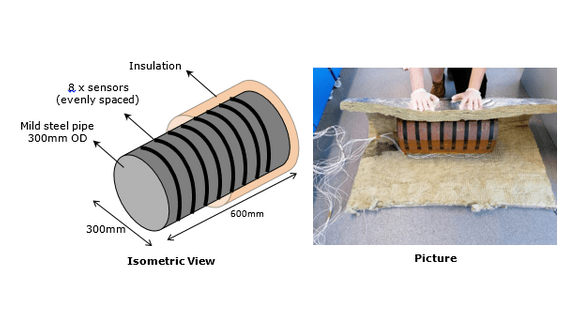 Figure 1. Test setup example for a 300mm OD pipe
Figure 1. Test setup example for a 300mm OD pipe
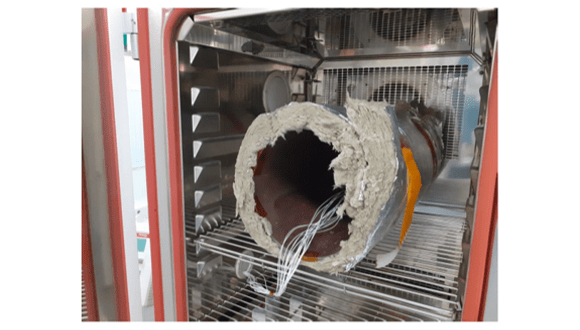 Figure 2. Test sample inside chamber
Figure 2. Test sample inside chamber
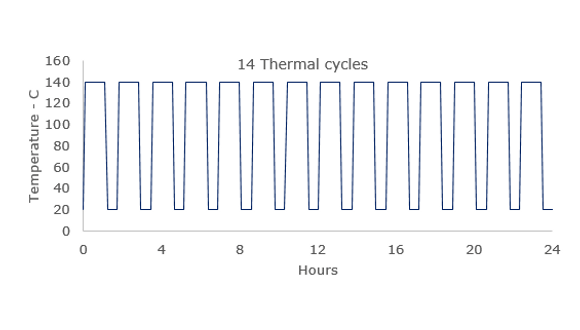 Figure 3. Applied thermal cycles
Figure 3. Applied thermal cycles
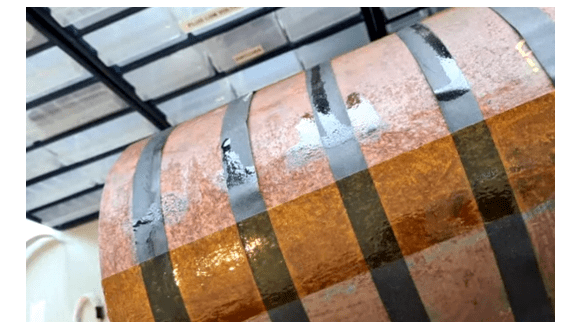 Figure 4. Sensors 1 - 4 test
Figure 4. Sensors 1 - 4 test
The initial resistance of the sensors was around 200kΩ but, shortly after the 1mL fuel exposure, the sensors’ resistance rapidly increases. The sensor’s response is shown in Figure 5, it can be observed that a 50% increase in resistance, i.e. 300kΩ, is obtained between 10 and 30 seconds from the start of the drop. Therefore, WrapSense is validated for detecting liquid hydrocarbon in less than a minute, and when connected to the IoT box, is capable of sending automatic and customisable alerts via email, smartphone app or SMS text.
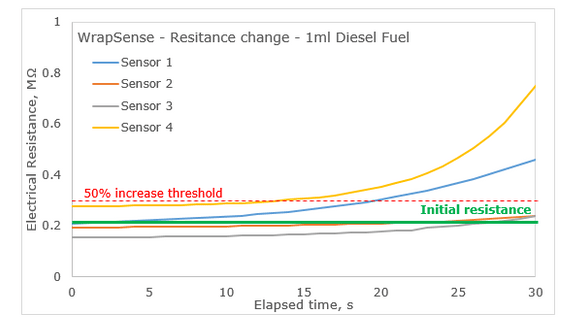 Figure 5. Sensors 1 – 4 test, 30-second response
Figure 5. Sensors 1 – 4 test, 30-second response
The next step of the project is to perform a large-scale test comprising a 6-month exposure of the sensors to representative weather conditions in the UK following the BS EN 60068-2-39:2016 standard. The objective is to assess the sensor performance under several weather conditions such as temperature, rainfall, humidity, moisture, wetness, wind speed and wind direction.
For more information on high temperature evaluations or available environmental testing, please contact us, below.